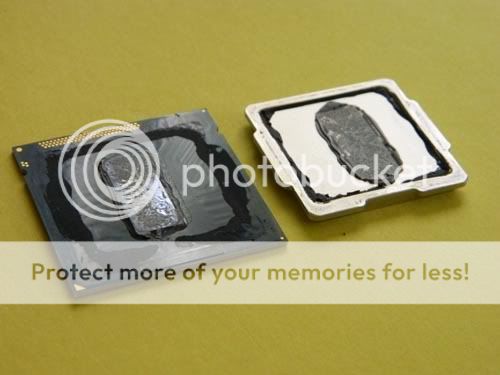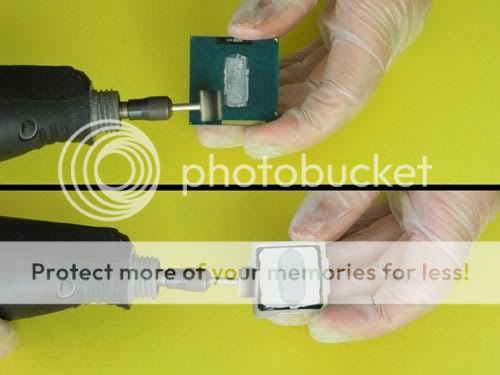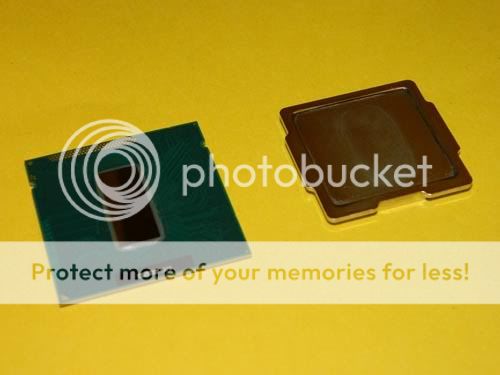They work quite well. I saw a 6c drop just by using it between the hsf and IHS over using AS5
The proof is already out there: the various CoolLaboratory products, Indigo-Xtreme, etc. are better than IC-Diamond (which I've consistently used since 2007).
It may be that IDontCare wants to test various pastes. The PC Watch data, though, is already known. This NT-H1 is so far a mystery to me only for Noctua omitting mention of its components.
And of course, somewhere, there is a comprehensive comparison review of all TIMs, or maybe TIMs that we could classify into different categories.
The liquid metal products and metal pads use indium, gallium and possibly silver in combination. They form an amalgam or bond with metal surfaces like copper or nickel, although I've heard it's not very troublesome to break the bond when removing a heatsink.
I don't think they would make any sort of bond with a silicon substrate like the top of the IB die. But the bonding with the other surfaces is probably the closest one would get to a solder made of indium/silver.
CharlesKozierok: Various complications make this sort of thing troublesome. I'd suggested -- to maintain the stability and protection for the CPU die -- grinding off the top of a heatspreader leaving a square-shaped ring that has overall height of IHS minus the thickness of the top. And you would have to use a cooler that had a flat surface -- as opposed to the "direct-touch" coolers, or you would be inclined to.
The difference of less than a millimeter would not likely be a problem for the spring-loaded pressure of the HSF assembly. I don't think, with that approach, there would be any difficulty with clearing the CPU motherboard clip assembly.
It's just a lot of extra work, and would require a certain precision.






